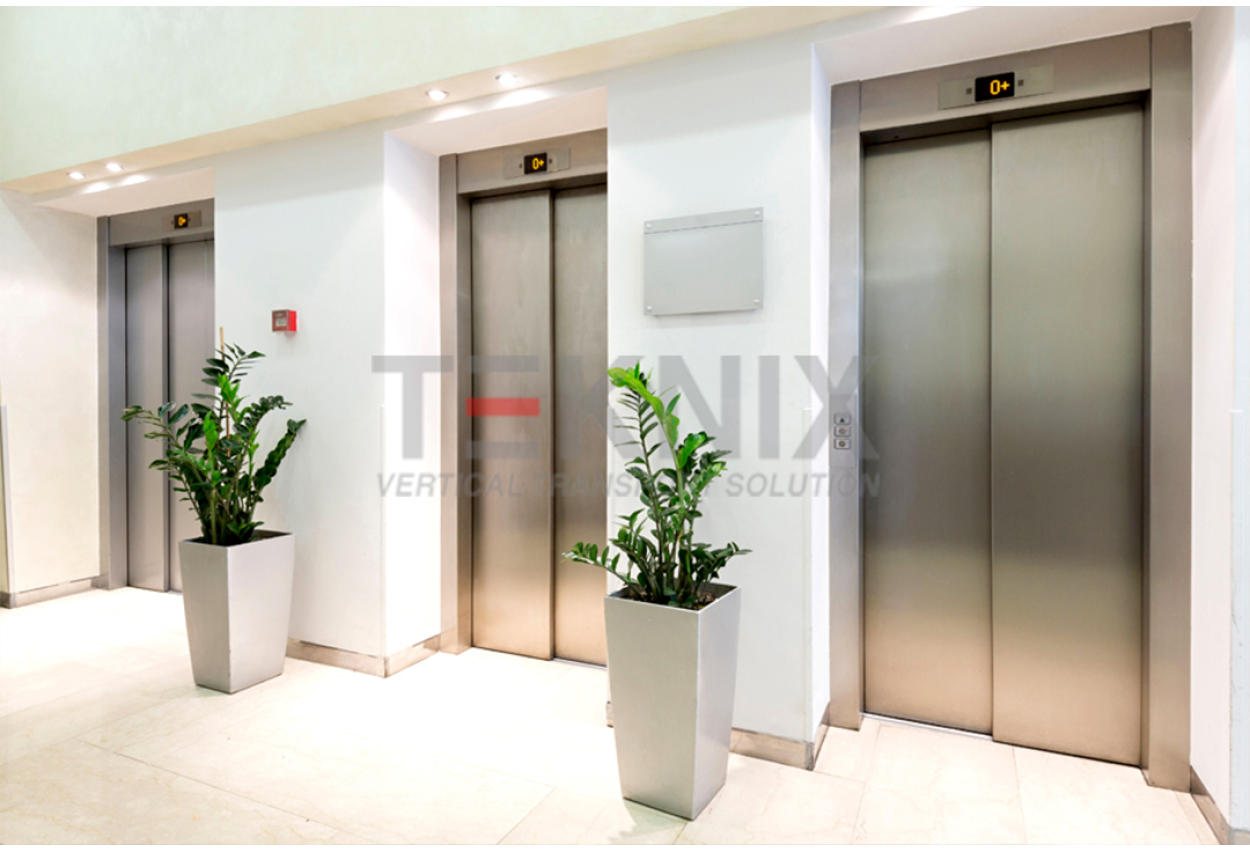Looking Into the Globe of Elevators: Usual Issues Dealt With by Various Lift Systems
As we navigate via the upright transport systems of modern buildings, lifts stand out as an essential part of our daily lives. From hydraulic lifts to grip systems and machine-room-less layouts, each lift kind comes with its collection of common concerns.
Hydraulic Elevators
Hydraulic elevators, typically chosen for low-rise buildings, make use of fluid stress to regulate the activity of the lift car (lift repair companies). This system includes a hydraulic pump pressing oil right into a cyndrical tube, triggering the elevator to move in the desired direction. While hydraulic lifts are known for their quiet and smooth operation, they do come with their own set of common concerns
One widespread trouble with hydraulic elevators is oil leak. Furthermore, problems with the control system, such as faulty valves or a malfunctioning pump, can create interruptions in the elevator's activity.
Routine maintenance and timely repair services are vital to ensure the smooth performance of hydraulic elevators. By dealing with these usual problems proactively, building proprietors can minimize downtime and make sure the safety and effectiveness of their upright transport system.
Traction Elevators
When taking into consideration vertical transport systems in buildings, one more usual kind apart from hydraulic elevators is the traction lift. Grip elevators operate making use of a system of ropes and weights that move the lift automobile by gripping onto the hoist ropes. This system permits smoother and faster upright transportation compared to hydraulic systems.
Among the usual issues encountered by grip lifts is rope wear. The continuous activity of the ropes within the traction system can bring about tear and put on in time, possibly causing the elevator to breakdown or become harmful for usage. Regular evaluations and upkeep of the ropes are important to make sure the lift's proper performance and safety and security.
One more problem that traction lifts might experience is connected to the control system. Issues with the control system can bring about concerns such as erratic activity, hold-ups in response times, and even total closures. Normal testing and maintenance of the control system are vital to prevent such issues and ensure the elevator's dependability.
Machine-Room-Less (MRL) Lifts

One of the vital elements of MRL elevators is the small gearless traction maker that is installed within the hoistway. This machine successfully drives the lift car without the need for bulky tools discovered in traditional traction elevators. Furthermore, MRL elevators normally utilize a weight system to balance the cars and truck, further improving their power efficiency.
Despite their advantages, MRL elevators might face challenges connected to repair and maintenance as a result of the confined space for devices installation. Access for servicing parts within the shaft can be restricted, requiring specialized training for specialists. Correct upkeep timetables and regular assessments are crucial to ensure the continued smooth operation of MRL elevators.
Overloading and Weight Limit Issues
Are elevators geared up to deal with excess weight tons efficiently and safely? Overloading and weight limit issues are important problems in lift procedures. Lift producers design raises with specific weight capacities to make certain guest safety and security and tools long life. Surpassing these weight limitations can result in various problems, consisting of mechanical failings, delays, and safety risks.
When lifts are overwhelmed, it puts too much stress on the electric motor, cords, and other components, potentially triggering failures or malfunctions. If they spot excess weight, safety and security mechanisms such as sensing units and overload sensors are in area to avoid lifts from moving. In addition, exceeding weight restrictions can result in increased energy consumption and wear and tear on the lift system.
To mitigate overwhelming issues, developing supervisors need to prominently show weight limits in elevators and enlighten passengers on the importance of sticking to these restrictions - lift repair companies. Routine upkeep checks by qualified service technicians can additionally help ensure that elevators are operating within secure weight parameters. By attending to overloading and weight restriction concerns proactively, structure owners can improve lift safety and efficiency
Electric System Failings
Surpassing weight limitations in elevators can not only lead to mechanical issues yet additionally possibly contribute to electrical system failings within the lift framework. Electrical system failures are a critical issue in elevator procedure, as they can trigger unforeseen closures, malfunctions, or even safety hazards.
Routine upkeep and evaluations are see this crucial to determine and address prospective electric issues without delay, guaranteeing the secure and efficient operation of elevator systems. By sticking to weight limits and performing regular electrical system checks, building proprietors can mitigate the risk of electric failings in elevators.
Verdict

Hydraulic lifts, typically preferred for low-rise buildings, make use of fluid pressure to manage the movement of the elevator car.When thinking about vertical transportation systems in structures, another typical kind go to this web-site aside from hydraulic elevators is the grip elevator. Traction lifts operate utilizing a system of ropes and weights that relocate the elevator cars and truck by gripping onto the hoist ropes. Unlike conventional lifts that need a different device space to house the tools, MRL elevators integrate most of the parts within the directory shaft, eliminating the need for a specialized equipment room.In final thought, elevators face typical concerns such as hydraulic breakdowns, traction system failures, and electrical system troubles.